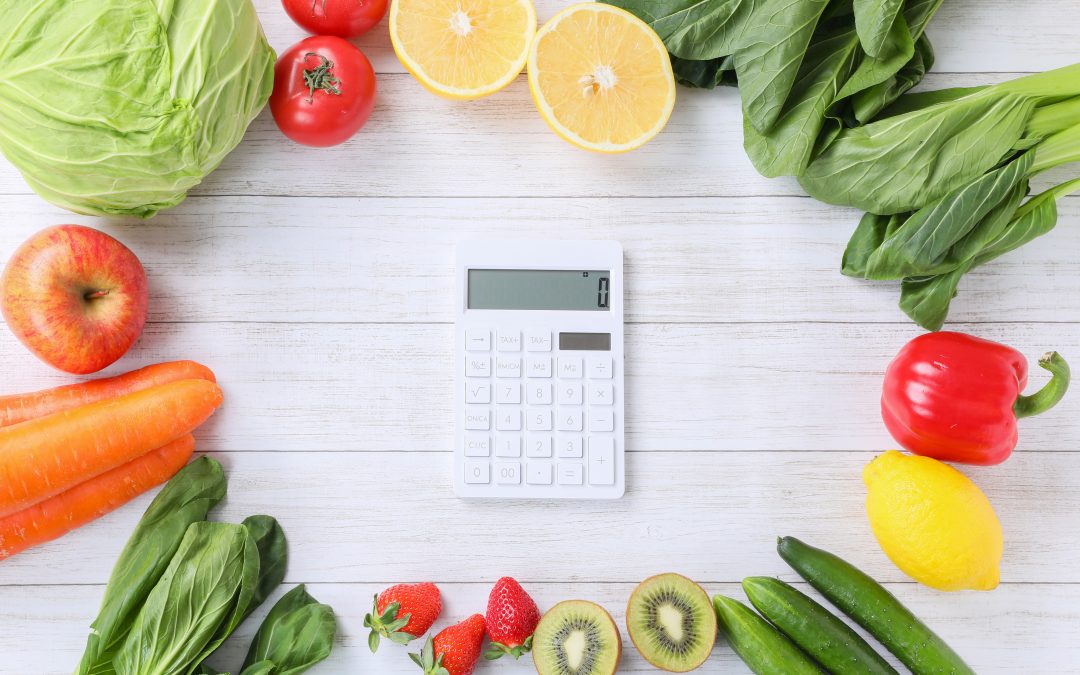
The management of a restaurant, a catering service, or any professional activity (i.e. hotels) can be complicated and expensive.
In order to keep your business on track and improve your chances of success, you must be careful to make regular and accurate calculations of your costs and expenses.
Provide healthy and balanced foods to satisfy your customers, achieve your goal of saving money and stick to your budget through carefully calculating your recipe costs.
What is Recipe Costing?
In simpler terms, recipe costing is essentially calculating the cost incurred in preparing a particular dish.
The Restaurant Times

Why is Recipe Costing Important?
- Helps to know how much food cost in incurred on each recipe
- Allows you to understand how to properly price your dishes to achieve a target profit
- Study how your competitors price their dishes against an industry benchmark
- Determine each menu item’s profit margin and decide which ones to promote through suggestive selling and promotions
How to do Recipe Costing?
Having a standard recipe with specified item portions helps you in maintaining your recipe costs.
Bolster your overall profit with the following 5 tips:
- Write down the ingredients and their quantities
When you have the menu at hand, one of the first things that you need to do to ensure that you cost your recipes right, is write down all the ingredients that go into making each dish. Once you have a well-designed menu and have written all the elements required, you need to deliberate regarding the quantity of each component. For example, if you have a burger on your menu, you can break down the ingredients that go into it, such as, the buns, mayonnaise, patty (break up the ingredients that go into making the patty), spinach, the veggies. Mention the amount of each ingredient you will be using.
- Fill in prices for the ingredients
In this stage, you need to determine what the cost is of each ingredient as it is sold as a unit in the store. You need to look for the total price of each item, not taking into consideration about the costs of the exact amount of the ingredients that goes into the dish. Here, you also need to consider the Edible Portion of the raw materials. This can be done by calculating the Yield of the items. For instance, if you purchased 5 kg of onions, you need to figure out the quantity that can be consumed, which excludes the peels.
- Calculate the prices of the partial items
Divide the weight/ measurement of each ingredient used in the recipe by the weight of the unit it is sold in and multiply it by the price of the unit as a whole. This will determine the cost of each ingredient used in a particular dish.
- Add it all together
Once you have the individual amount of each ingredient that goes into making a dish, you can easily add all these amounts. This step will help you determine the cost of the entire recipe.
- Extract the cost of each serving
Divide the cost of the entire recipe by the number of portions that it serves. This will determine the cost of each serving.
- Bonus Tip: Consider additional risks / costs
Take into consideration what the cost will be if food goes bad, or, on the other hand, the money you will save buying food at a discount.
Take into account other expenses such as rent, payroll, utilities, etc.
Between making sure customers are satisfied, choosing the right menu, high turnover rates and a pace that can really get out of control, you need to make things as easy as possible…and we can help you!
Contact us today to establish your recipe costing or access our Recipe Costing Calculator & Courses!
